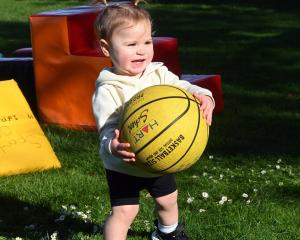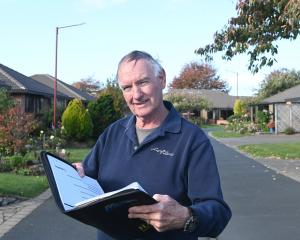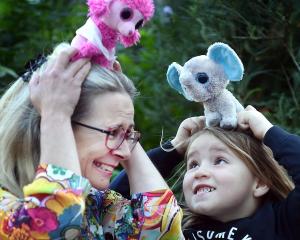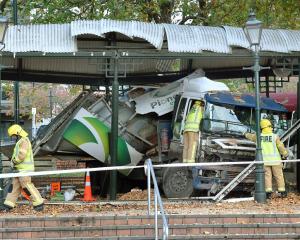
Yet many parents may be surprised to learn they can also be intuitive and holistic city planners.
For two years, researchers at the University of Otago School of Geography have investigated pre-schoolers at three Dunedin kindergartens, and their experiences in their city, understanding of their city, and visions for their city.
Lead author Christina Ergler said the research provided vital evidence young children were capable of interpreting city design meaningfully.
“Our research shows young children between 2.5 to 5 years old care for the cities they live in, its people and its living and non-living things.
“They think holistically about what a city needs to function well, be safe, healthy and fun.”
The children engaged in a variety of exercises, including mapping their ideal city using picture tiles, group discussions with researchers and neighbourhood walks, to demonstrate what they liked and did not like about their local area.
‘‘The mapping exercise revealed the children to be caring, considerate planners, not just of their own needs, but also of other city dwellers.
‘‘In terms of amenities, 66% included a supermarket in their design, while 59% included a hospital, 48% included a fire engine and 41% even included a coffee shop, for as one child commented, their ‘grandma and granddad’ would use it.
‘‘Children also viewed a safe city as important, with 56% placing police cars on their map to symbolise being kept safe from burglars, ‘naughty’ and drunken people and speeding drivers.’’
They regarded lampposts, pedestrian crossings and traffic lights as essential safety infrastructure.
The children also expected cities to have services and facilities that stimulated their minds and bodies, as well as those that provided natural environments and gathering places.
“The young children not only created child-friendly, but ‘care-full’ cities that ensure their liveability for humans of all ages, and non-humans.”
Given the research findings, Dr Ergler believed cities should develop ways for integrating their children’s views, experiences and suggestions.
“We don’t even know how they engage with, or what their visions are, for the city they live in.
‘‘We don’t ask them. They are often disregarded as too young to provide good answers or even being able to talk about their city experiences, as they are seen as being unable to think in a city-wide scale.
“Thus, communities, planners and urban policy-makers need to ensure young children can participate and make the most of their local environment in a safe manner.”












